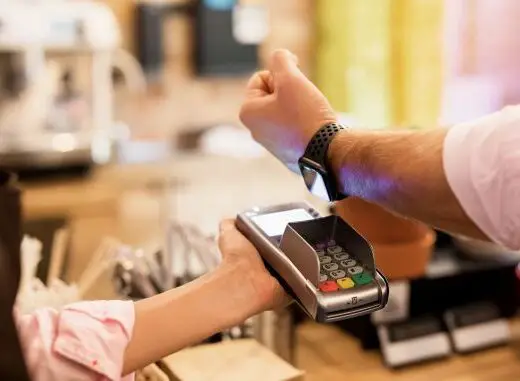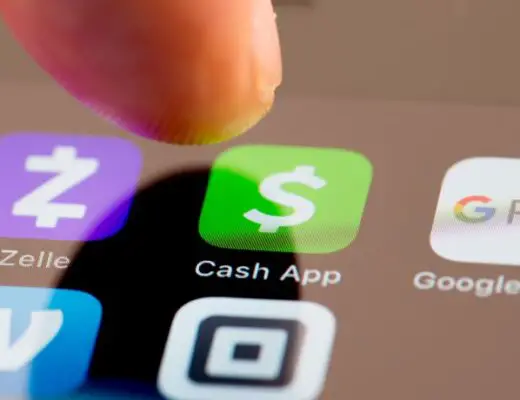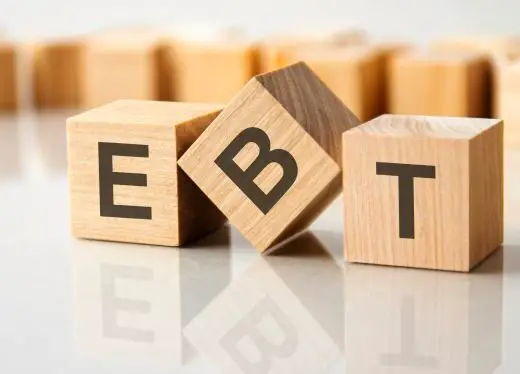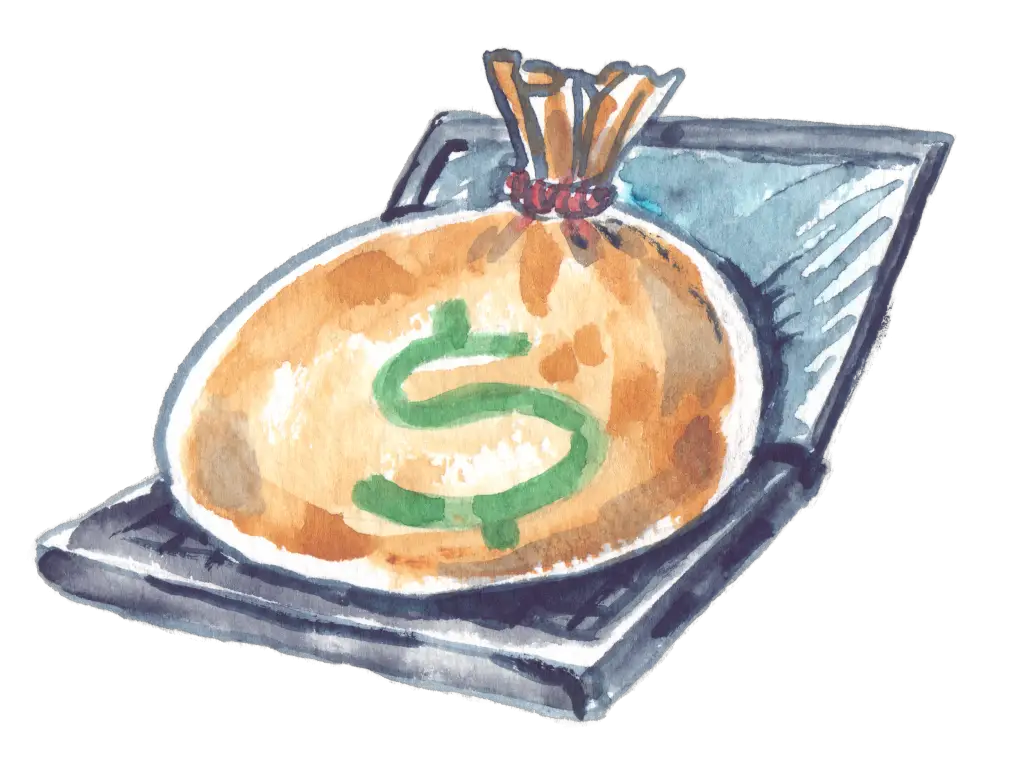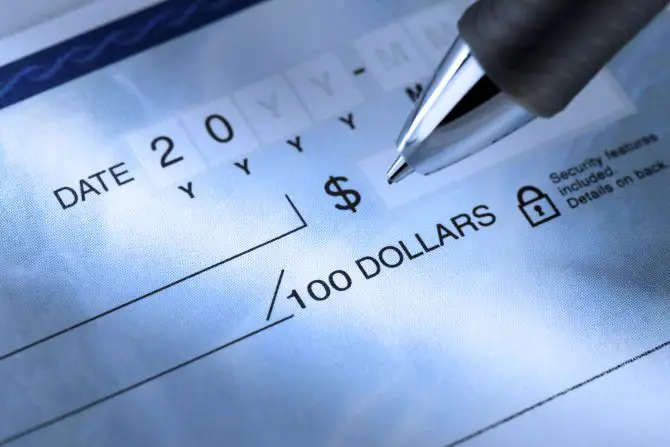
CommonCentsMom.com is advertiser-supported: we may earn compensation from the products and offers mentioned in this article. However, any expressed opinions are our own and aren't influenced by compensation. The contents of the CommonCentsMom.com website, such as text, graphics, images, and other material contained on this site (“Content”) are for informational purposes only. The Content is not intended to be a substitute for professional financial or legal advice. Always seek the advice of your Financial Advisor, CPA and Lawyer with any questions you may have regarding your situation. Never disregard professional advice or delay in seeking it because of something you have read on this website!
The concept of money orders is simple, in theory. The idea is that you pay a fee to a bank for the service of sending you a money order, and then the bank sends you cash for whatever amount you have ordered. It’s a simple concept, but not all banks will honor money orders from third parties, or from individuals without an account with them.
It’s however undeniable that money orders can often be a lifesaver. With that being said, it can be very beneficial to understand what exactly a money order is, how they work, and how to get them at the bank.
What is a Money Order?
A money order is an official form of payment that is often used by individuals who want to send money to another person. The individual who receives the money order can then deposit it into their bank account, or use it as a way to pay bills. They can also use it as a way to pay for goods or services that they do not have an account with the bank for.
When to Use a Money Order
The most common time to use a money order is when you want to send money to someone who does not have an account with the bank. It helps ensure that your check won’t bounce because the money order is prepaid. This is the most common scenario, but there are others.
How to Get a Money Order at the Bank
The process of getting a money order is simple. It involves the following steps:
Go to the bank
The first step is to go to the bank and make sure that you have enough money in your account to cover the amount of the money order. You can also use this as a way to pay bills, as mentioned above.
Fill out the money order form
The next step is to fill out the money order form. The money order form has several different parts to it. You’ll have to fill in some of your personal information, such as your name and address. Make sure that you fill in all of the fields. The money order form also has a place for you to put the amount of money that you want to order. This amount should be enough to cover whatever you’re paying for.
Fill in the payee information
The next step is to fill in the payee information. This is where you will put the name and address of the person you are sending money to. Make sure that you put their correct name and address. It is of vital importance that you write their name and other personal information correctly. Why? Because if they later cash in the money order and find that the names do not match, the money order will likely be voided.
Sign the money order
The last step is to sign the money order. Make sure that you sign the money order and write your name. This is because the bank will need to be able to prove its legitimacy.


